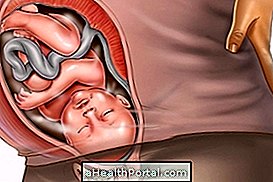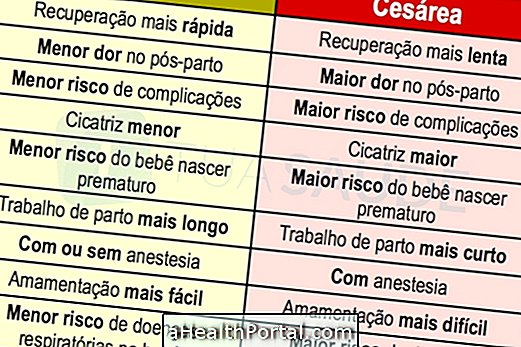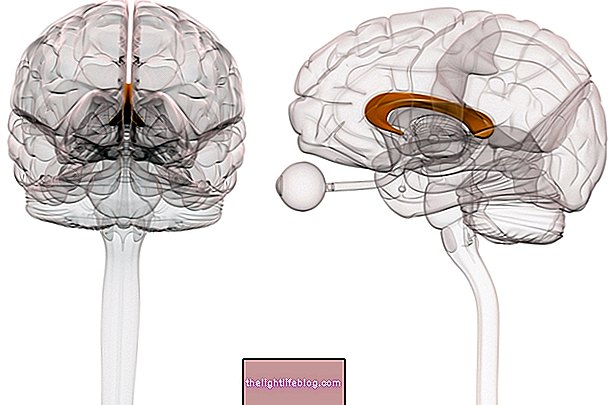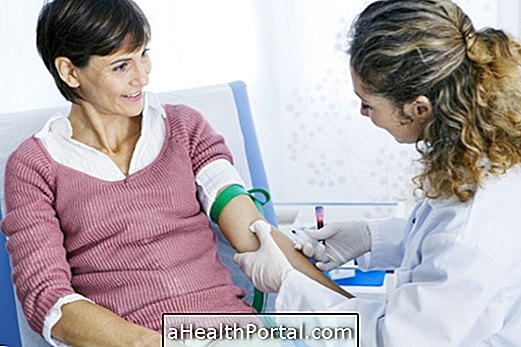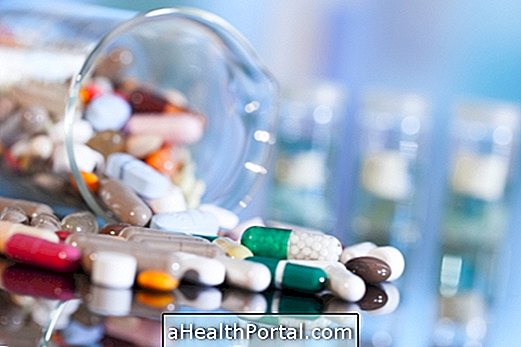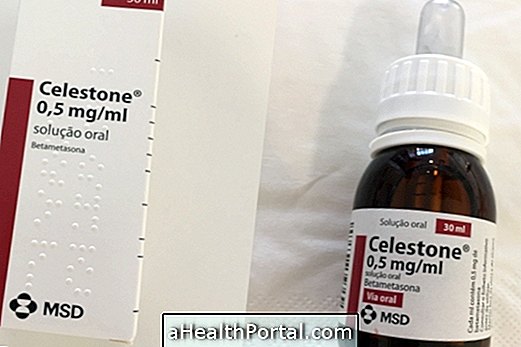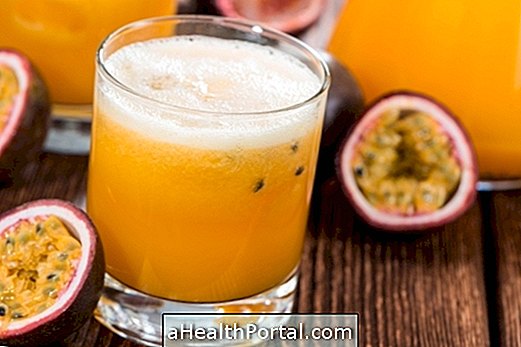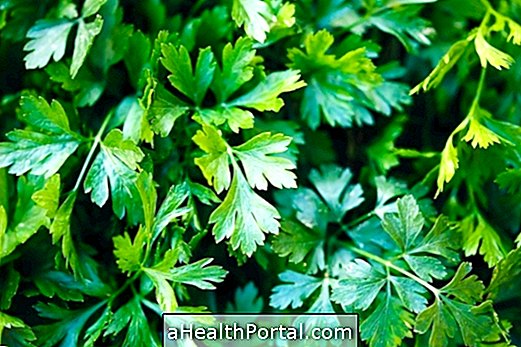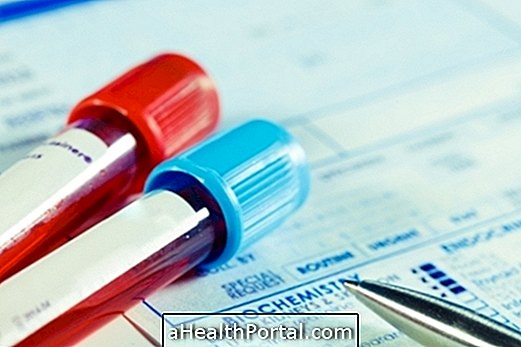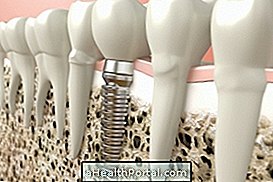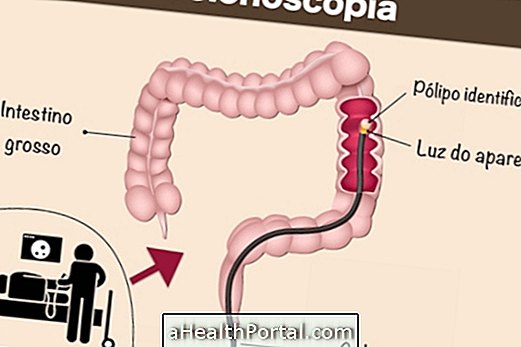Consuming omega 3 daily during pregnancy by opting for foods like salmon, tuna or sardines that are rich in that nutrient, or even taking the omega 3 capsules can make the baby smarter, having a better school performance in the future.
This is because brain tissue needs omega 3 to fully develop to its full capacity. But the benefits are not only for the baby, because this consumption also protects the future mother, improving her well-being.
Thus, the main benefits of omega-3 consumption during pregnancy are:
- Making the baby smarter: because this fatty acid is a key element in the formation of the child's brain and nervous system;
- Decrease the risk of asthma in the baby: being especially suitable for women who have this type of allergy in the family;
- Decrease the risk of postpartum depression: Because mothers transfer large amounts of these essential fatty acids to the baby that are not produced by the body and need to be ingested in the diet. And low levels of them can increase the tendency to depression or brain malfunction.
To achieve all these benefits it is recommended to consume omega 3-rich foods every day, but another possibility is to take the omega-3 capsules which may be indicated by the doctor or nutritionist. But as the baby's brain continues to develop after birth, this care is also important during breastfeeding.
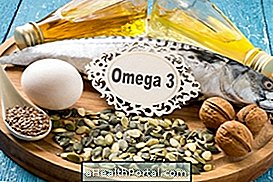

When to take Omega 3 supplement in pregnancy
It is recommended to take an omega 3 dietary supplement when recommended by your doctor or nutritionist, but all pregnant women can benefit. Some examples of omega 3 capsules that may be indicated are Ogestan and Proepa Gesta because they contain exactly the dose that the pregnant woman needs.
This supplement should be taken according to the advice of the professional who indicated its use, but usually consists of taking 1 or 2 omega 3 capsules throughout pregnancy and also during breastfeeding.
The maximum amount of omega 3 that can be consumed per day is 3 g per day because above that can be harmful to health. So it is important to take into account the amount you get with food and supplementation.
Where to find omega 3 and how to consume
Good sources of omegas 3 are the cold water fish oils, the Krill and linseed oils or evening primrose oil. Therefore, from the first trimester of gestation and during the whole phase of breastfeeding, the mother's diet should have at least 300 mg of DHA in her daily diet, which corresponds to 2 tablespoons of flaxseed oil per day or 200 grams of cold water fish. See more examples of omega 3-rich foods here.
For babies who are not breastfed and only take a bottle, it may be a good alternative to use EPA, DHA, and ALA dairy formulas that are types of omega 3.
Diet rich in omega 3
Here is an example of a 3-day menu that the pregnant woman can follow to ensure she can ingest the amount needed to decrease the risk of postpartum depression, increase intelligence, and decrease the risk of allergies in the baby:
| Day 1 | Day 2 | Day 3 | |
| Breakfast | 1 glass of orange juice 1 crepioca with chia seeds and minas cheese 1 orange | 1 yogurt with linseed 1 tapioca with cheese and grated coconut 1/2 crushed avocado | 1 carrot juice 30 g of walnuts 1 whole wheat bread like sesame and butter 1 banana |
| Morning snack | 1 pear 2 cracker crackers | Cabbage Juice with Lemon | 1 tangerine 2 cornstarch cookies |
| Lunch or Dinner |
Fusilli cooked with 1 shredded salmon and olives lettuce, tomato and cucumber salad 1 sleeve | 2 pancakes filled with a can of tuna with tomato sauce, onion and peppers Green salad 5 strawberries | 2 roasted sardines 2 tablespoons rice 1 bean ladle Cabbage A Mineira 2 slices of pineapple |
| Afternoon snack | 1 cup oatmeal with 2 nuts | 1 glass of banana vitamin + 2 tablespoons of oats | 1 yoghurt 1 whole wheat bread with cheese |
| Supper | 1 handful of whole grains | 2 tablespoons of nuts | 3 wholemeal cookies |
A dietitian may indicate another menu personally in a consultation, which suits your personal taste.
